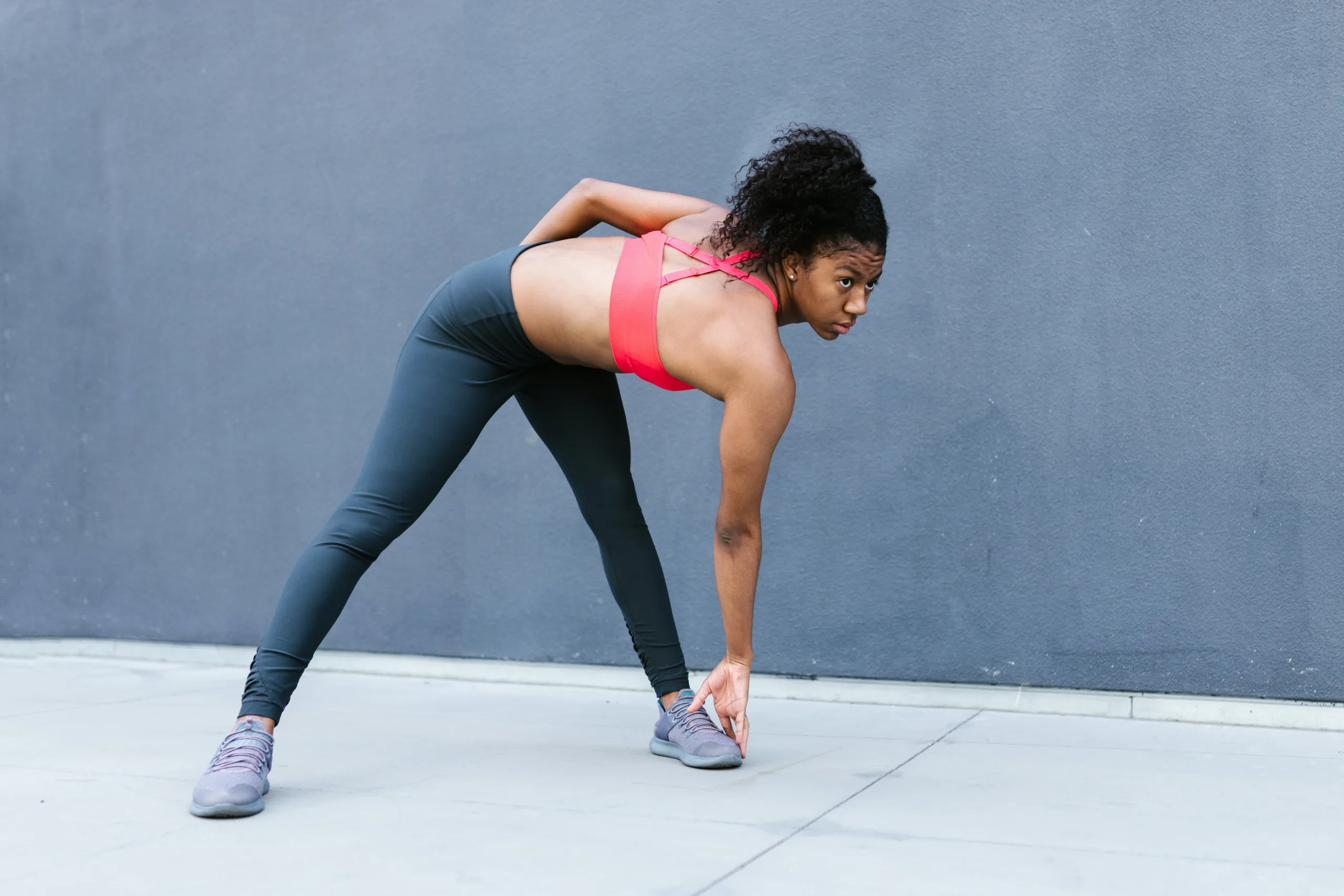Definition
- A warm up is a period of preparatory exercise done before more strenuous activity to get the body ready for exercise and reduce injury risk.
Explanation
- Warming up raises body temperature, increases blood flow to muscles, and prepares the cardiovascular system. It also enhances mobility.
- A proper warm up consists of light aerobic activity like walking, followed by mobility and dynamic stretches. This primes the muscles and joints for the demands of the upcoming exercise.
- A 5-10 minute warm up is recommended before workouts. Allow more time for cold environments.
Examples
- Walking or light jogging before running
- Foam rolling and bodyweight squats before lifting weights
Related Terms
- Dynamic stretching: Dynamic stretches involve moving parts of your body and gradually increasing reach, speed of movement, or both. Examples include lunges with a twist, leg swings, and arm circles. Dynamic stretches prepare your muscles and joints for exercise.
- Mobility – Mobility refers to the ability to move joints through their full range of motion. Good mobility allows you to move more freely and reduces injury risk. Mobility exercises improve joint mobility.
- Range of motion – The range of motion is the full movement potential of a joint. Exercises can increase range of motion by stretching muscles and lubricating joints. Greater range of motion improves flexibility.
- Cool down – A cool down involves light exercise after more intense exercise. It allows the heart rate to lower gradually and helps prevent dizziness, nausea, or fainting. A cool down may involve walking, light cardio, stretching, foam rolling, etc. It removes waste products and prevents muscle stiffness/soreness.
Common Questions
- How long should I warm up for? Aim for 5-10 minutes of warm up before exercise. Start slow and gradually increase intensity.
- What are good warm up exercises? Light cardio (e.g. walking, jogging, cycling), dynamic stretches, and mobility exercises are good warm ups.
- Why is warming up important? Warming up increases body temperature and blood flow to muscles. It gets the cardiovascular system going and prepares muscles/joints for exercise, reducing injury risk. Warm ups enhance performance and make exercise feel easier.
Do Not Confuse With
- Stretching – Static stretching should be done after a warm up, not before exercise. Static stretches involve slowly lengthening a muscle to its maximal point and holding the position e.g. touching your toes. Static stretching before exercise can temporarily weaken muscles and lead to injury. It is better to do dynamic stretches before exercise. Save static stretching for after your workout when muscles are warm.
- Flexibility- Flexibility refers to the range of motion around a joint. It is determined by factors like genetics, gender, age, muscle elasticity, and connective tissue length. Flexibility varies by joint – some people have naturally more flexible hips but tighter hamstrings for example. Dedicated stretching programs can improve flexibility over time. Good flexibility reduces injury risk and allows you to more comfortably perform daily activities.
65
/ 100
SEO Score
Thank you for reading this post, don't forget to subscribe to our free newsletter
!
